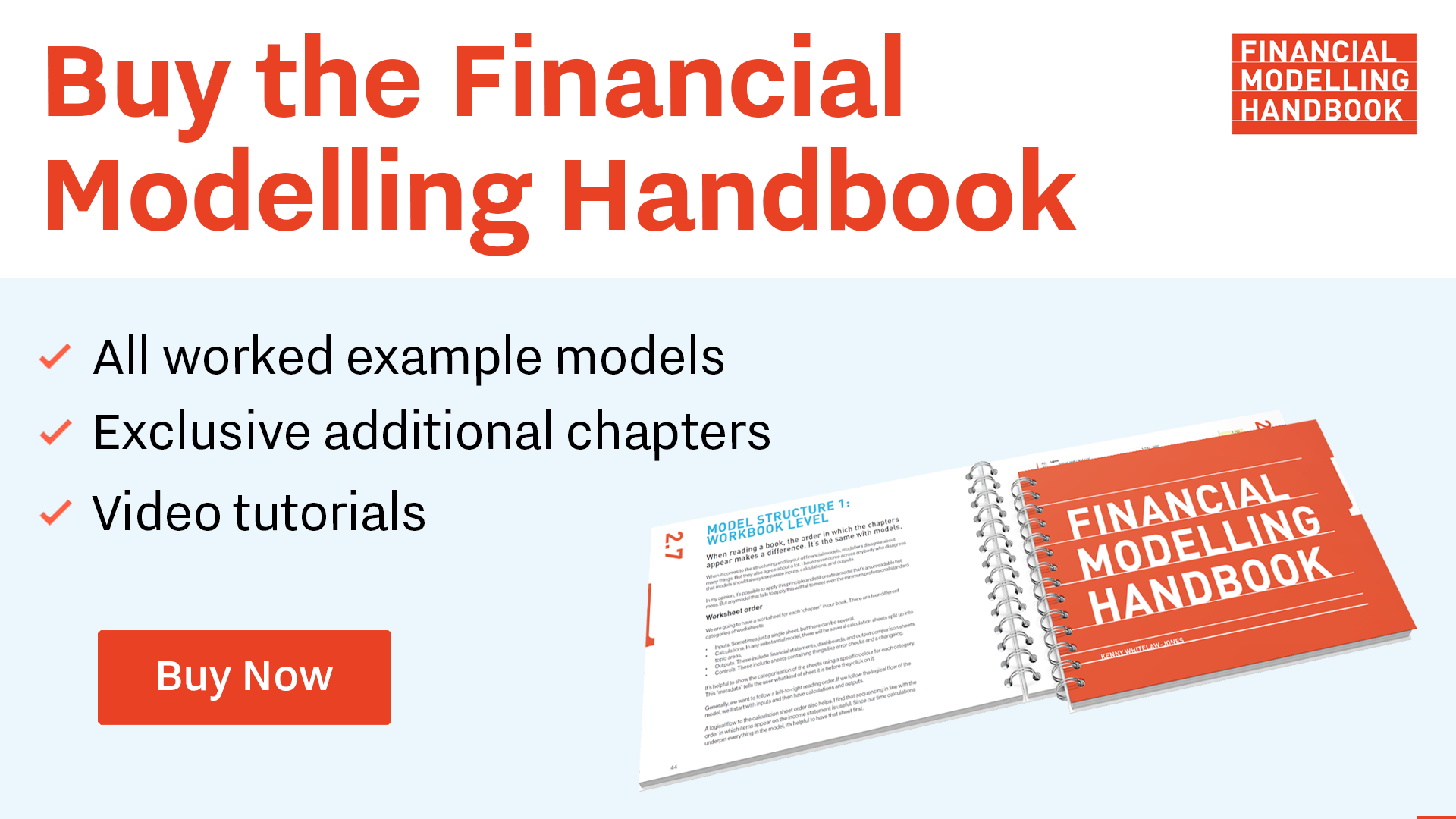The power of checklists in financial modelling
Checklists are an excellent way of ensuring that we don't forget anything. They are especially helpful when we're in a rush or stressed.
The medical industry has long appreciated the value of checklists. American surgeon Dr William Halsted created one of the first known medical checklists. He developed a 19-point surgical checklist for his students at Johns Hopkins Medical School in 1889.
The aviation industry quickly saw the benefits of using checklists and developed them for pilots to use before take-off and during flight. The checklists ensure pilots do not overlook routine preflight and inflight tasks like checking fuel levels, weather conditions, etc.
During World War II, many countries developed their own versions of these lists to ensure that soldiers followed medical best practice.
While checklists are frequently used in jobs where safety is a priority, they are also helpful in jobs requiring high accuracy or precision.
Checklists are particularly useful for tasks with multiple steps, each with its own risk of being overlooked. Checklists are an excellent way of ensuring that we don't forget anything, and they can be especially helpful when we're in a rush or stressed.
Their application in financial modelling is invaluable since:
- The risk of error is high
- The cost of error is high
- There are times when we need to perform the same series of steps
- The risk of us forgetting a step if we don't have a checklist is high
We will come back to look at three specific checklists later in the book. These are:
- Section completion checklist
- Model pre-release checklist
- Model review checklist

Comments
Sign in or become a Financial Modelling Handbook member to join the conversation.
Just enter your email below to get a log in link.